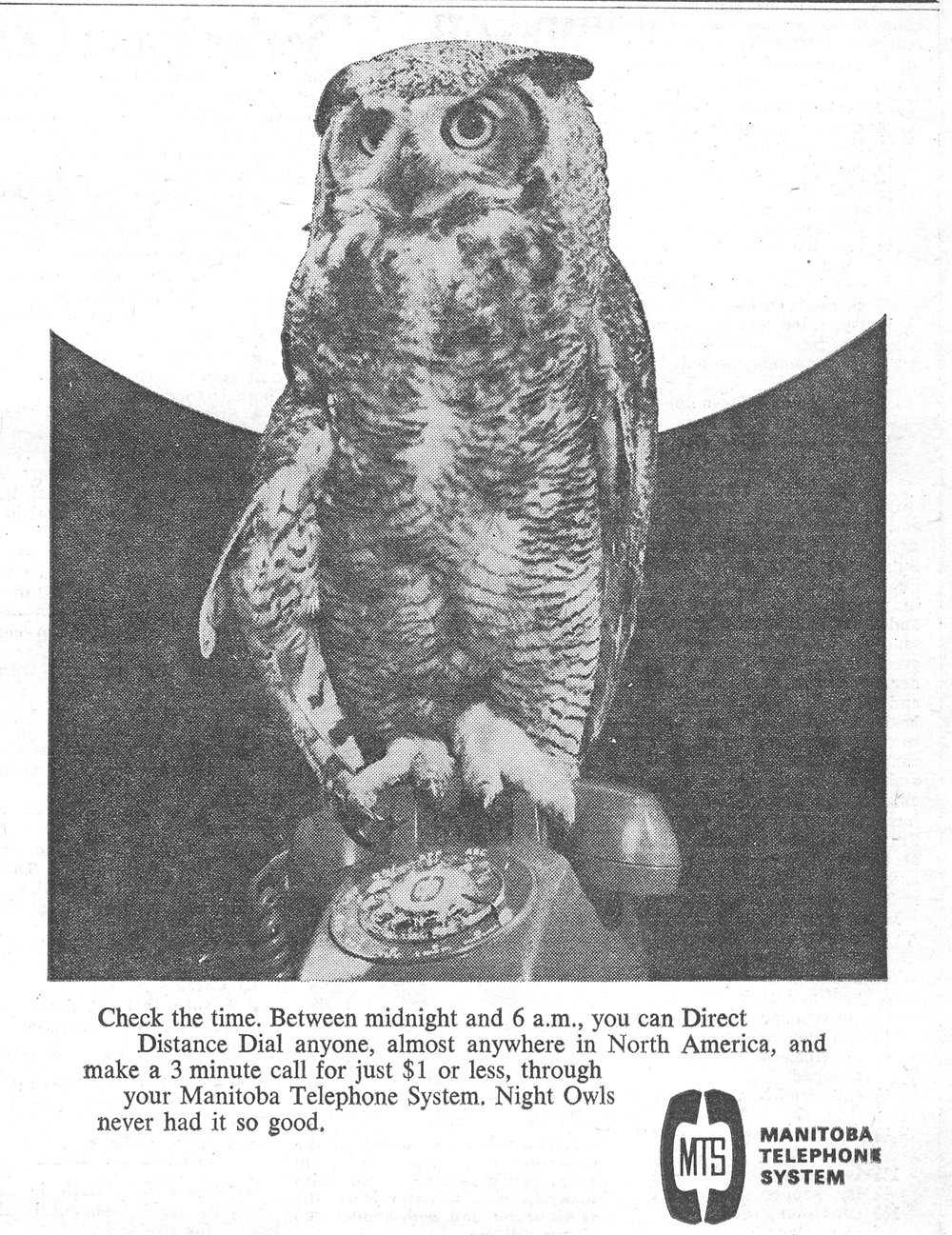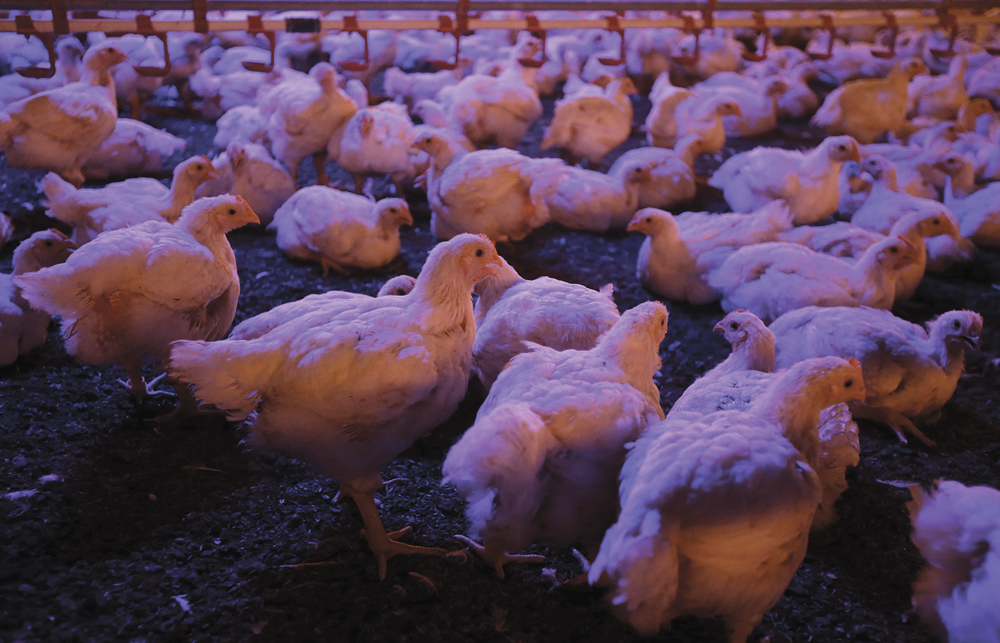Museums are a treasure trove of memorabilia that can fill the slate when someone says, “let’s do something.”
Featuring artifacts from the original Riding Mountain settlement of 1899, the Ukrainian Cultural Heritage Museum in Sandy Lake is visited annually by 500 guests.
Located in a municipal building, the museum started with a one-room display, which has grown over the years thanks to the acquisition of more artifacts.
“Within the museum visitors will find the artifacts focus more on the leisure side of life versus working,” said museum curator, Stella Kowalchuk. “Celebrating our 25th anniversary, the museum features beautifully embroidered, handcrafted clothing, along with a display of traditional Ukrainian arts and crafts, with Easter eggs, woodcarvings, traditional breads and more.”
Read Also

The global forces that shaped 2024 grain markets
From the ongoing war to Ukraine to an incoming second Trump administration, tensions with China, labour disputes, low water challenges and more: here are the biggest global forces tugging on the markets as farmers look to 2025.
Overseen by a committee including Helen Lewandoski (president), the museum was very interesting to two youth — Rylon Kyle and Alexandria Johnson, both of Brandon — as they listened carefully to Kowalchuk as she explained the displays in detail before venturing on to an Easter egg-making class that was held as part of a special celebration to commemorate the Manitoba Ukrainian Heritage Day. The Sandy Lake Ukrainian Cultural Heritage Association and the Rural Municipality of Harrison co-sponsored the day.
The leisure side of life display includes clothing, home setting, church and the importance of music to the settlers, while the main work aspect highlighted is pioneer farming, which allows kids of today to see and learn what new families to the area had to endure.
Settling the area
In 1899, the settlers came with not much more than the clothes on their backs! However, by 1905 commerce had increased so rapidly that a railway line was built through the area. By 1910 many settlers had prospered and steam-powered machinery was becoming more commonplace.
The Riding Mountain settlement extended along Highway 45 to the Riding Mountain National Park (RMNP) boundary and east-west from Highway 10 to Angusville. The Ukrainian settlement of the area began in 1899 with the arrival of the ill-fated Patterson Lake Group, who experienced a scarlet fever epidemic that claimed many young lives. By 1910, the Riding Mountain settlement was almost fully occupied with each quarter section received from the government being home to large families. The majority of the settlers originated from the districts of Galicia in Western Ukraine.
A monument near Olha, situated northwest of Sandy Lake, commemorates the 100th anniversary of Ukrainian settlement in Canada, and marks the site where the 42 children and three adults succumbed to scarlet fever on their way to new homes and a better life in the South Parkland region. To view the monument, travel four kilometres south of Olha on PR 577 and follow the sign.
Museum is important
Kowalchuk feels the museum started just in time, or they would have lost out on some of the antique clothing. Some costumes featured on the mannequins are over 100 years old, as each area had its own design of clothing.
“Ukraine was always occupied, with each occupier leaving a trait of themselves behind,” said Kowalchuk. “For example, babushkas and balloon pants are remnants of the Islamic culture.”
Kowalchuk feels the museum, employing Lisa Rystephanuk last summer, is very important to the community and area as it preserves the Ukrainian heritage and it’s great to be able to show kids and adults of today what perhaps their ancestors went through to carve out a life in the region.
This quaint but very descriptive museum is not just a summer attraction, as it is also open by appointment in May and June when school tours and visits by women’s groups are highlighted.
Items in the souvenir shop include a book titled The Murder of Joe Poplar, the mysterious unsolved murder of 1921 in the Village of Sandy Lake on the southern Riding Mountain. The book was researched, compiled and written by Kowalchuk.
The Ukrainian Cultural Heritage Museum is just one aspect of the village that extends a warm “Bitaemo” (Welcome) to the community that takes pride in showcasing and sharing the Ukrainian heritage.














